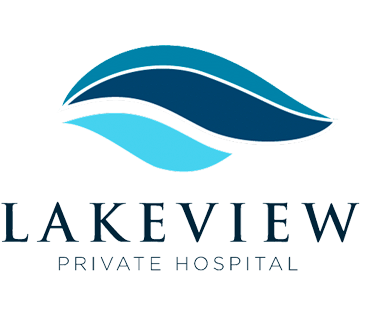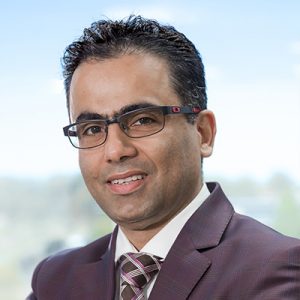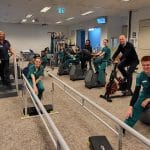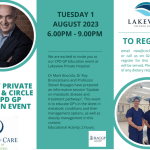What’s New in Breast Surgery
By Dr James French, Dr Elisabeth Elder and Dr Farid Meybodi
As would naturally be expected there have been many advances made in all areas of general surgery over the past decade. This era of rapid expansion, however is almost unparalleled in the now recognised subspecialty of breast surgery, commonly referred to as Oncoplastic Breast Surgery (OPBS).
As recently as seven years ago, most women faced with a diagnosis of breast cancer encountered two basic surgical options: 1. Some form of basic breast conserving surgery that frequently resulted in significant deformity of the operated breast to be followed by radiotherapy or 2. Mastectomy. In some centres a third option of breast reconstruction was also accessible, but in reality this was only a minority of patients. Each of these options could be combined with an axillary dissection.
More recently the standard of care for assessing the clinically node negative axilla has become sentinel lymph node biopsy. This technique is now established as an accurate test with minimal risk of developing lymphoedema, one of the major concerns following full axillary dissection.
Oncoplastic Breast Surgery
For patients undergoing breast conserving surgery there are now a wide variety of surgical options aimed at obtaining local resection of the breast cancer with adequate surgical margins while minimising the resulting defect in the breast. In essence, OPBS is a philosophy that underpins all modern breast cancer operations. It has dual aims: 1. Onco To locally resect cancer to an adequately negative margin, 2. Plastic to re-shape the remaining breast tissue in the setting of breast conserving surgery to minimise any distortion of shape, size and contour of the operated breast (and/or the contralateral breast), or in the setting of mastectomy, the use of a variety of reconstructive techniques to obtain symmetry.
These re-shaping techniques have been adapted and modified from various breast reduction operations that are established in the plastic and reconstructive surgery sphere. Progressively, breast surgeons are now also utilising so called “volume replacement” procedures for suitable patients who are requesting minimal change in their current breast shape and volume. Typically these volume replacement options rely on moving a vascularised piece of tissue from outside the breast cone to fill in the space left by the breast cancer excision. There have been a variety of flaps described, a typical example of which is the LICAP flap (Lateral intercostal artery flap) .
Case 1
Mrs JB presents with 5cm palpable cancer which on mammogram has an associated area of 90mm of microcalcifications consistent with high nuclear grade DCIS. See Figure 1 and Figure 2.
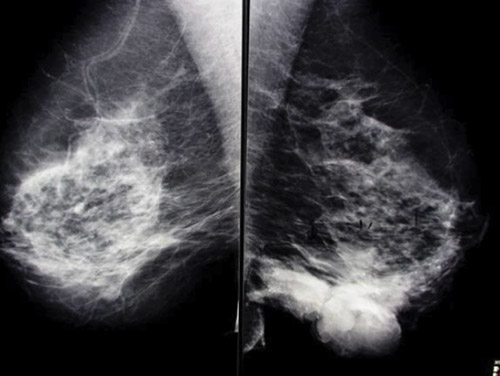
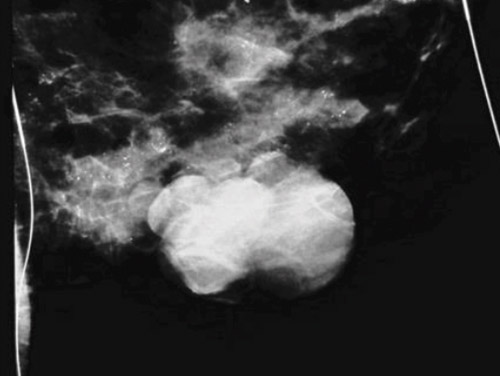
Traditionally this extent of disease would have dictated that she be treated by mastectomy. Due to her DD cup breast size (see Figure 3) she could be offered breast conserving surgery in form of a therapeutic mammoplasty combined with a synchronous contralateral reduction mammoplasty to maintain symmetry (See Figure 4).
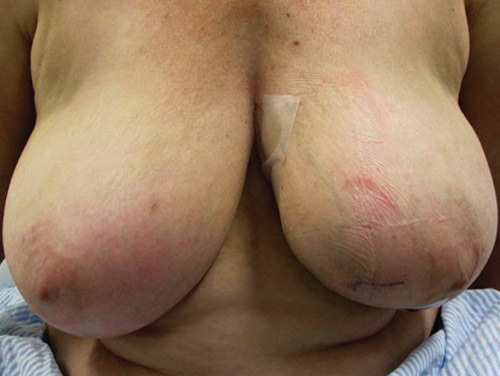
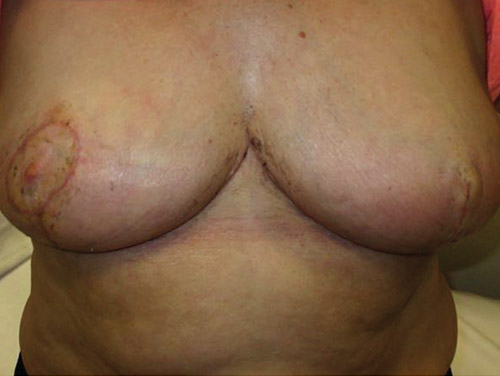
Mastectomy with reconstruction
Despite the many recent advances in breast conserving surgery options there are still some patients who will either require and or actively choose to be treated by some form of mastectomy with or without breast reconstruction. Increasingly women are opting for a skin sparing, or total skin sparing mastectomy otherwise know as a nipple sparing mastectomy (NSM). This facilitates an immediate reconstruction often with a permanent implant placed at the time of mastectomy in a so called direct-to-implant (DTI) reconstruction. This is not uncommonly combined with lipofilling, a procedure in which liposuction is performed of the tummy or thighs and fat transferred to the breast area resulting in a more natural feel to the new breast shape. There are some technical limitations as to which patients are suitable for this option and sometimes using a two stage approach with a tissue expander first is a better option and some women are better suited to having a tissue based reconstruction.
Increasingly, breast surgeons are now trained to be able to perform implant based immediate breast reconstruction. The surgeons at Lakeview Private Hospital currently have an immediate reconstruction rate of 50 per cent, which is significantly higher than the national average of 12 per cent. This is largely due to the fact that they offer a variety of implant based reconstructions and work closely with a number of plastic and reconstructive surgeons in the area to be able to offer women the full range of reconstructive options.
Figure 5 and 6 show a typical result from a bilateral NSM with DTI reconstruction.
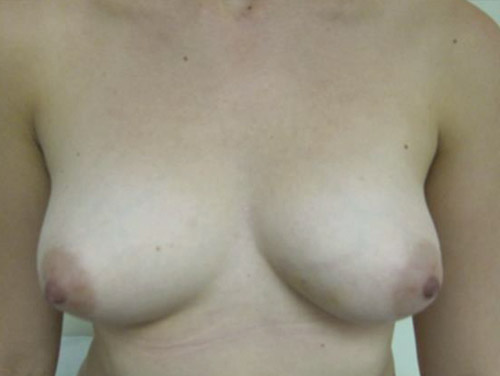
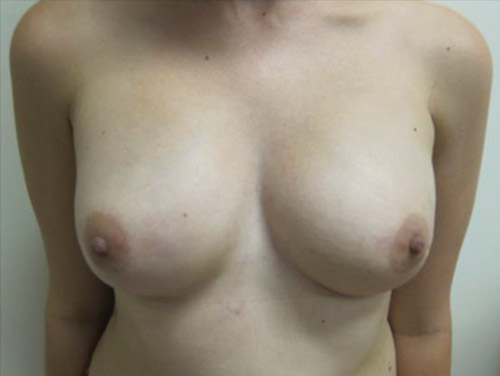
Figure 5 and Figure 6 show typical result from a bilateral NSM with DTI reconstruction.
The aim of all these new techniques is to give women as a good aesthetic and functional result as possible after breast cancer treatment to help patients get back to normal life after treatment with as little long term side effects as possible. The specialist breast surgeons working at Lakeview Private Hospital will assess patients not only from a cancer treatment/social perspective, but also from a sympathetic aesthetic angle for those patients for whom this is important and take into account the patient’s wishes and individual circumstances.
Neoadjuvant chemotherapy (NACT)
While the concept of using NACT has been around for more than 30 years, its use in Australia has traditionally been restricted to women who presented with either inoperable cancer or inflammatory/locally advanced breast cancer. Early expectations that NACT may lead to a better systemic result by delivering the chemotherapy earlier and thus potentially eradicating any micrometastatic disease proved not to be true and this coupled with early reports of increased rates of local recurrence in the breast meant that apart from the above indications the use of NACT fell out of favour.
More recently, however, advances in agents such as Heceptin which targets the HER2 receptor have meant that in selected groups, up to 50 per cent of patients develop a complete pathological response, and up to 95 per cent of patients can expect to have some downsizing of the primary tumour. When this occurs in someone who was only operable via mastectomy it opens up the possibility of being able to offer breast conserving surgery and by reducing the size of the tumour the likelihood of achieving an excellent aesthetic outcome increases. Sometimes to achieve negative margins one of the more advanced breast reshaping procedures or tissue replacement techniques may still need to be employed.
For women who are smokers who would otherwise be good potential candidates for a more complex surgery (eg NSM + DTI or reduction mammoplasty), using up front NACT is a potential opportunity for them to quit smoking with the aim of reducing their risk of surgical complications. All patients who are contemplating NACT will need to have a small marking clip or clips in their breast to mark the site of the primary so a post chemotherapy specimen can be accurately removed.
NACT does not negatively affect the final rates of survival.
Multidisciplinary care
With this “explosion” of surgical techniques that a modern breast surgeon now has at their disposal for treating women with breast cancer, patient selection is becoming increasingly important. While not all options are suitable for all women, most patients will now face a seemingly almost overwhelming choice of surgical options. For many women having access to this range of options can be very reassuring, while for others it can be daunting, resulting in some patients defaulting to “you’re the expert, what would you recommend”. Adding to the complexity of the surgical decision-making has been the corresponding increase in the use of neoadjuvant chemotherapy.
All of this complex decision-making and options requires that the treating team communicate well together and to the patients alike. Breast surgeons today not only have to be experts in the aesthetic assessment of patients and have a deep understanding of various breast reconstruction and reshaping techniques as well as being excellent communicators. Now days patients are managed within multidisciplinary coordinated care teams so that patients receive combined specialist opinions regarding their breast cancer management.
At Lakeview Private Hospital, patients can be discussed both pre and post surgery depending on the patient’s particular needs. In addition to the usual expected members of surgeon, radiation oncologist, medical oncologist, pathologist, radiologist and breast care nurse, patients treated at Lakeview Private Hospital have ready access to both clinical psychologists and lymphedema specialists, resulting in the development of an individualised comprehensive care plan for each patient.
You can read more about the Lakeside Specialist Breast Clinic team and what treatment options offered at www.lakesidespecialists.com.au.
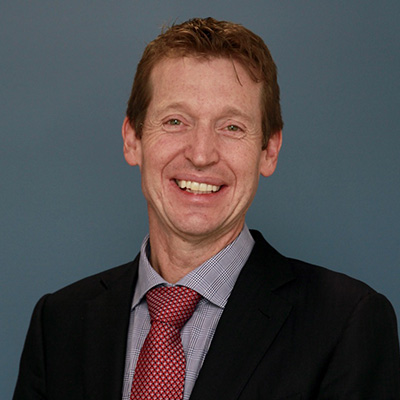
Dr James French
Suite 3, Level 1,
Hospital for Specialist Surgery,
17-19 Solent Circuit, Bella Vista 2153
Ph: 02 8850 8252 or 1300 994 662
Dr Elisabeth Elder
Suite 3, Level 1,
Hospital for Specialist Surgery,
17-19 Solent Circuit, Bella Vista 2153
Ph: 02 8850 8252
Dr Farid Meybodi
Suite 3, Level 1,
Hospital for Specialist Surgery,
17-19 Solent Circuit, Bella Vista 2153
Ph: 1300 652 986
